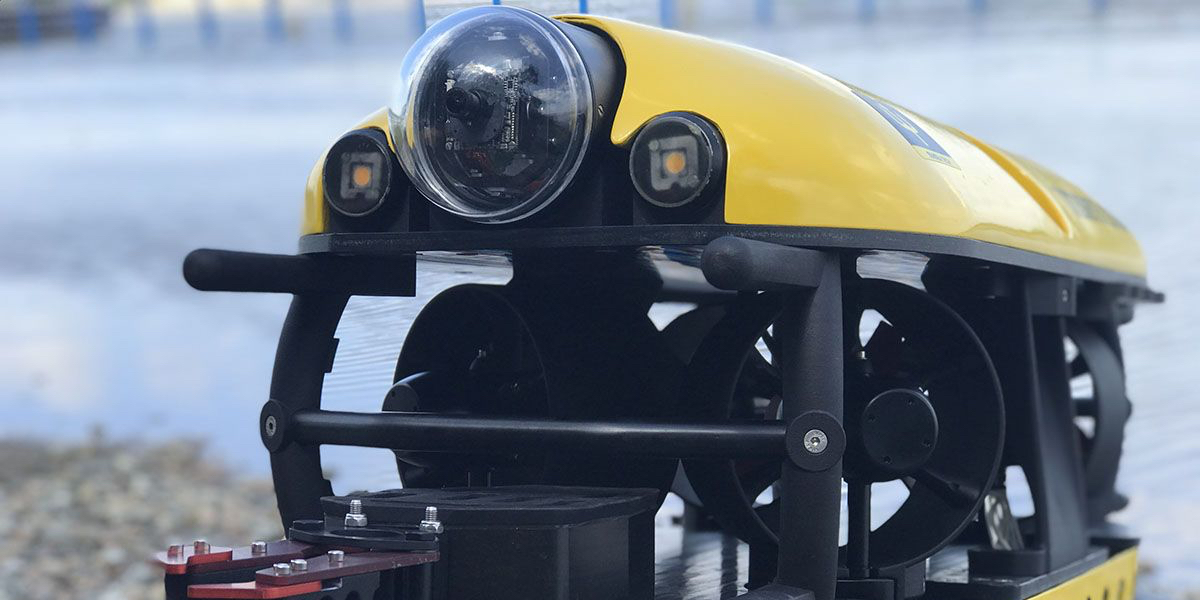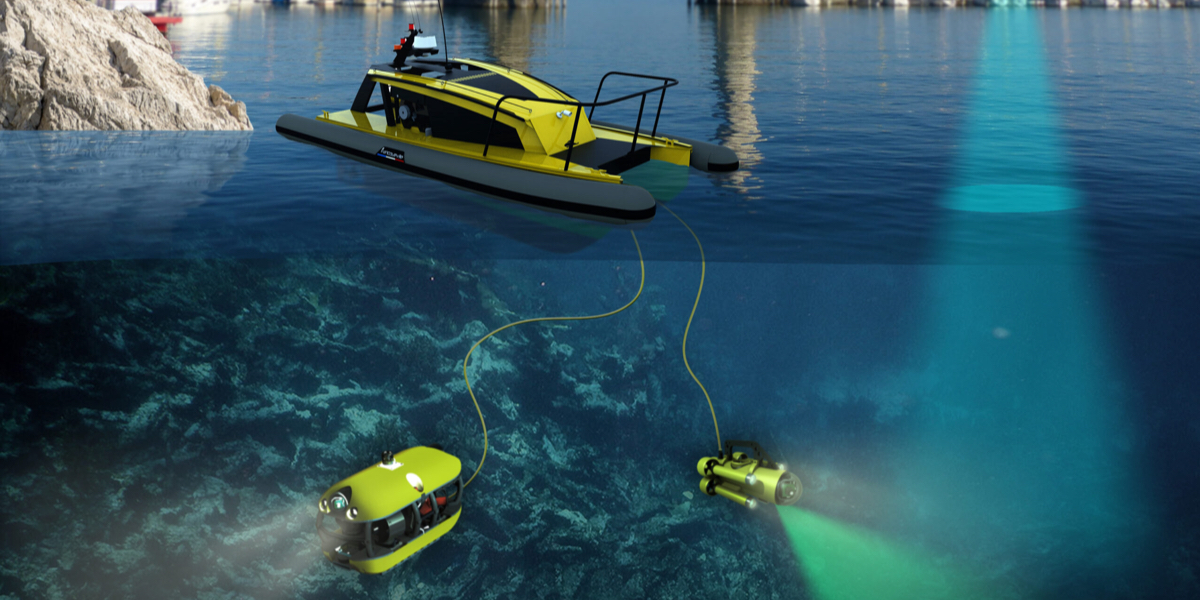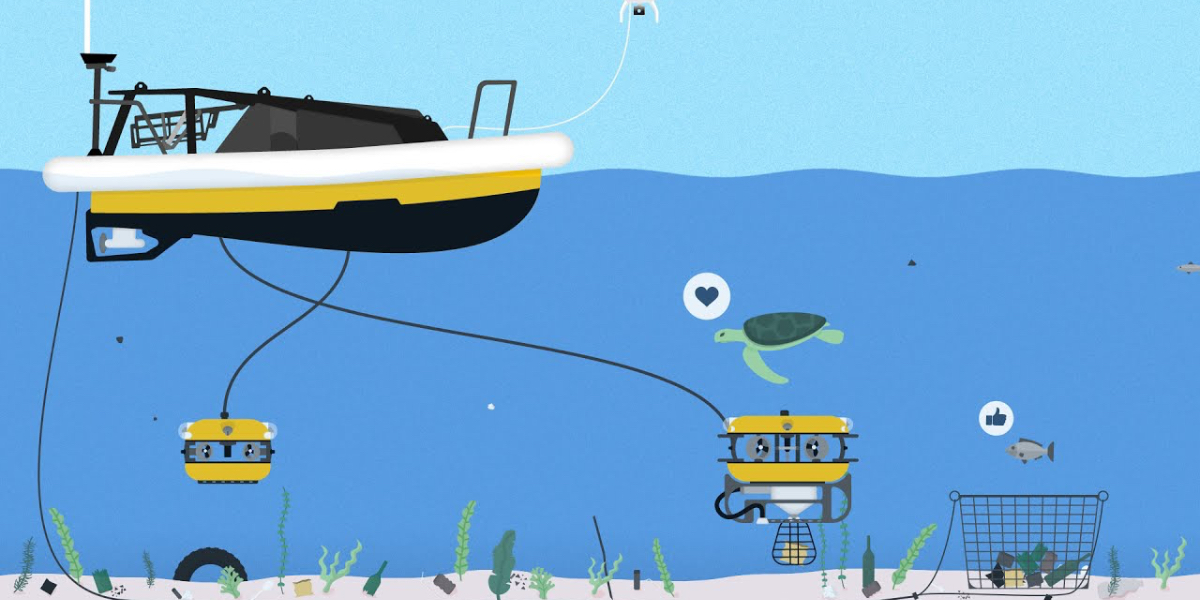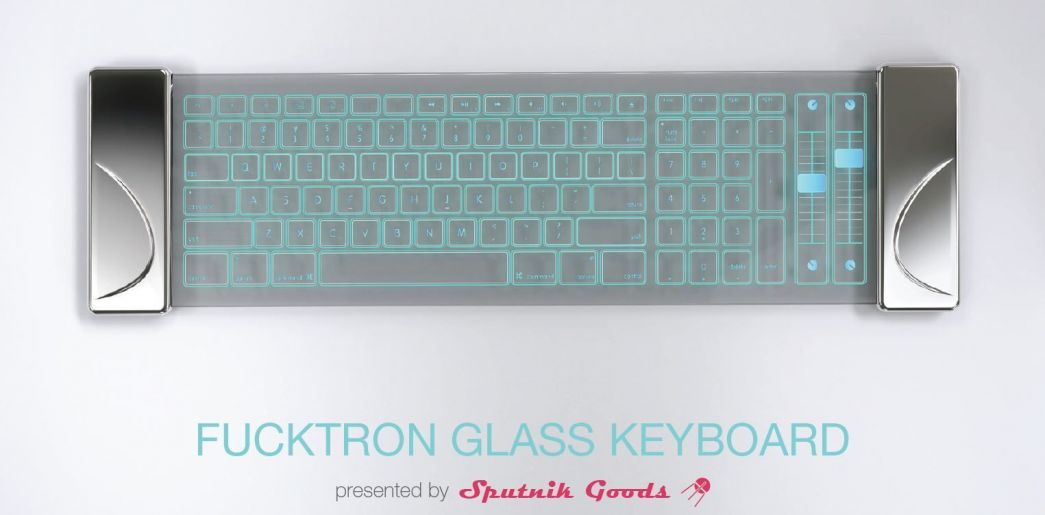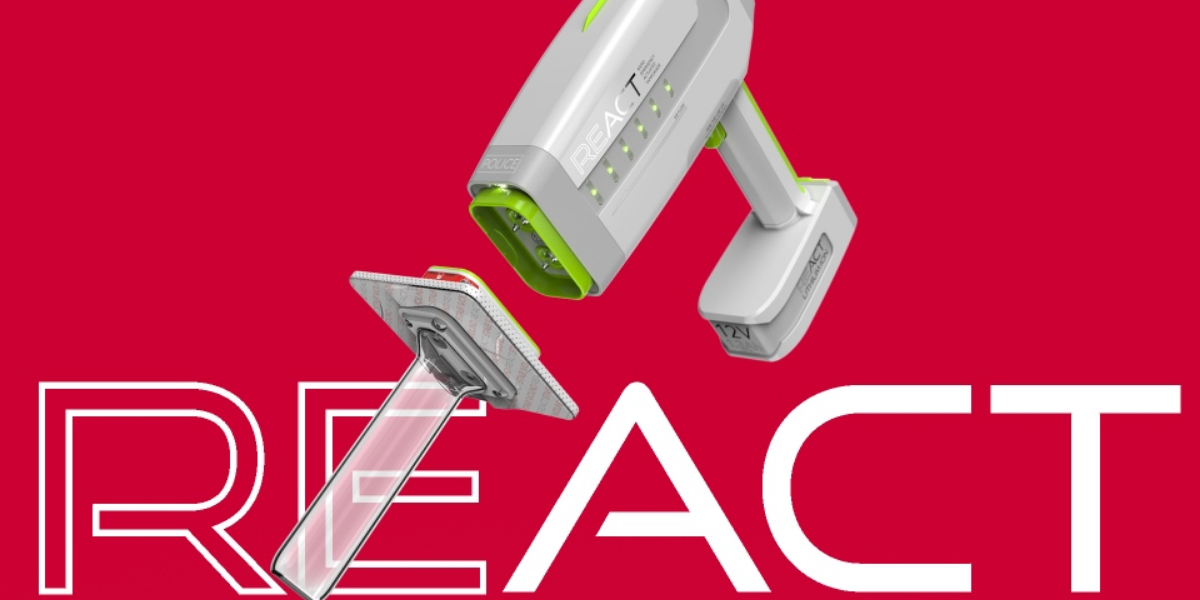AWARD YEAR
2023
CATEGORY
Work
GOALS
Life Below Water
KEYWORDS
Ocean health, ocean cleanup, robots, waste management, Trash
COUNTRY
Netherlands
DESIGNED BY
SEACLEAR
WEBSITE
https://seaclear-project.eu
The SEACLEAR Project
Robots to clean the litter from the ocean floor
How does it work?
SeaClear — short for SEarch, identificAtion and Collection of marine Litter with Autonomous Robots — is a Horizon 2020 funded project that aims to solve, with the help of robots and artificial intelligence, one of the most important environmental problems: ocean litter.
The unmanned surface vehicle, the SeaCat from SubseaTech, scans the area of interest of the sea bottom using a multibeam echosounder, which produces a 3D bathymetry map of the bottom. This serves as a reference map to which all other information about litter will be added. Some large litter like tires or pipes may already be detectable from the bathymetry data, in which case this litter is already marked on the map.
The SeaCat also serves as the "mothership" of the system: all other robots deploy from and return to it. Robots communicate to the USV and get power from it via tethers. The computational resources required for sensing, control, and artificial intelligence components are also hosted by the SeaCat.
Why is it needed?
Today's oceans contain 26-66 million tons of waste, with approximately 94% located on the seafloor. So far, collection efforts have focused mostly on surface waste. The few efforts to gather underwater waste involve human divers who are put in potential danger.
No solution exists that exploits autonomous robots for underwater litter collection. The SeaClear project will develop the first.
How does it improve life?
So far, collection efforts have focused mostly on surface waste, with only a few local efforts to gather underwater waste, always using human divers. No solution exists that exploits autonomous robots for underwater litter collection; the SeaClear project will develop the first. The platform for search, identification, and collection of sea litter using UAVs and autonomous UUVs will innovate in the following technical directions: online identification of debris versus marine life from underwater sensors, integrated underwater and surface mapping, underwater collection of small and larger-size litter and cooperative control of the robotic team.
